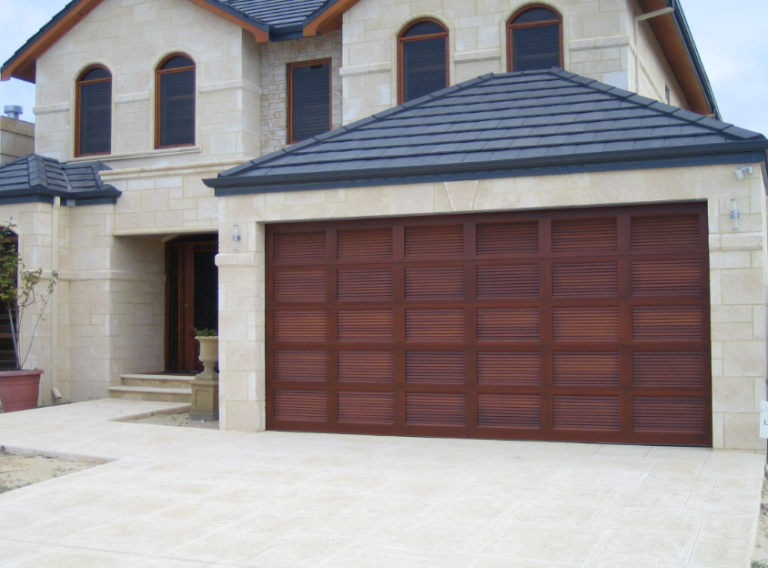How to Identify Signs of Failing Underlay in Tile Roofs
Asenqua Tech is reader-supported. When you buy through links on our site, we may earn an affiliate commission.
The dreaded word – ‘failing’. Not good at work, not good at home. Your roof is no different. When you mention the word ‘failing’ in the context of roof underlay, it means there are signs that your tile roof is reaching its shelf life. Like throwing eggs in the trash past their date, your roof needs attention when it has any weakness.
Those reading this article with a confused look on their faces will just be wondering what this word even means.
Underlay, also known as underlayment, is a material that sits between the roof deck and the roofing material (in the example we’re using, tiles). It serves as a secondary layer of protection against moisture, wind, and other elements that can penetrate through the tiles. The roof is much weaker without it is the long and short of it. Underlay also helps to provide extra insulation for your home and can improve the overall energy efficiency of your roof.
Now, how do you know if the underlay in your tile roof is failing? Do you need a tile roof underlay replacement? Here are some key signs to look out for:
- Water leaks or stains on your ceiling – Seeing a shadow on the ceiling can send anyone into a panic mode. Is it just the mischievous lamp playing tricks or something more sinister lurking? And if water starts seeping through the tiles, it’s a clear sign that the underlay needs to up its game in keeping moisture out. Time for an underlay intervention.
- Cracked or broken tiles – While this may seem like a problem with the tiles themselves, it could actually be a sign of failing underlay. As the underlay deteriorates and loses its ability to provide support, it can cause the tiles to crack or break.
- Sagging roof deck – If you notice that your roof is starting to drop in certain areas, you could blame your underlay. Like tired muscles unable to hold up dumbbells (or the latest takeaway!), the underlay can no longer hold the weight of the roof.
- Higher energy bills – Aside from the cost of living increase, of course. As mentioned earlier, underlay helps to improve insulation for your home. If you start to notice an increase in your energy bills that goes beyond heating up the home after stressful work days, it could be a sign that the underlay is no longer functioning properly and your roof is losing energy efficiency.
- Visible signs of wear and tear – Take a look at your roof from ground level. Do you see any missing or damaged tiles? Are there areas where the underlay is exposed or looks worn out? These are all clear indications that the underlay may be failing.
The next natural question is likely to be why a failing underlay is such a problem. Well, if ignored, it can lead to much bigger issues such as mold growth, structural damage, and even roof collapse. Hmm…these seem more problematic, and you’re right. These are headaches, and they take money from funds that could be used on more fun things.
So what should you do if you spot any of these signs? Call somebody who knows what they’re doing (this is probably beyond Dad, although he’s amazing!). Pros will be able to determine the extent of the damage and advise you on the best course of action, whether it be repairs or a full replacement.







